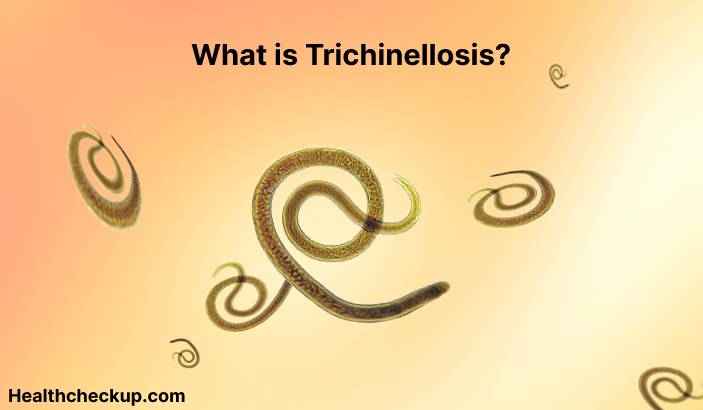Trichinellosis, also known as trichinosis, is a parasitic infection that is transmitted through the consumption of undercooked or raw meat that is contaminated with the larvae of the Trichinella worm. Trichinellosis is most commonly found in pork, but it can also be found in other meats, such as bear and horse meat.
Symptoms of trichinellosis may include:
- Fever
- Muscle pain and weakness
- Swelling of the face, especially around the eyes
- Rash
- Diarrhea
- Nausea and vomiting
Trichinellosis can lead to serious complications, such as heart and respiratory problems, and it can be fatal in severe cases.
Diagnosis of trichinellosis is typically based on the presence of symptoms and a history of consuming undercooked or raw meat. It may also involve laboratory tests to confirm the presence of the parasite.
Treatment of trichinellosis typically involves medications to kill the parasite and to manage symptoms. It is important to complete the full course of treatment as prescribed to ensure that the infection is fully eradicated. In severe cases, hospitalization may be necessary to provide supportive care, such as oxygen therapy and fluids.
Trichinellosis can be prevented through the proper cooking of meat to ensure that it reaches a safe internal temperature. It is also important to avoid consuming undercooked or raw meats, particularly pork, bear, and horse meat. If you are experiencing symptoms of trichinellosis or have consumed undercooked or raw meat, it is important to seek medical attention as soon as possible. Follow the recommendations of your healthcare provider to help protect yourself and others from trichinellosis.








